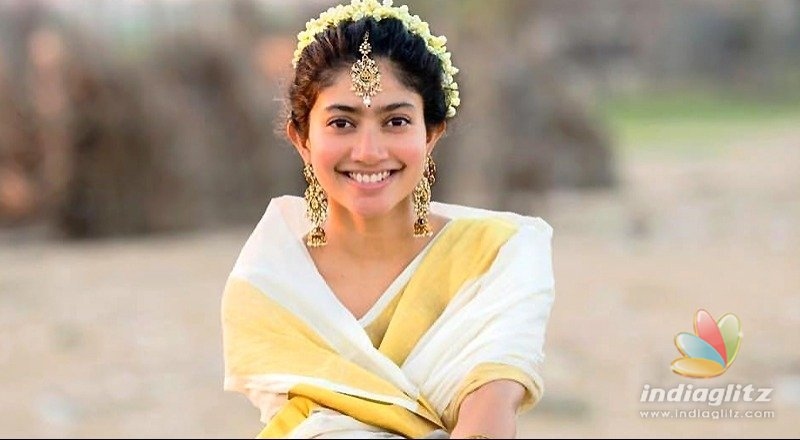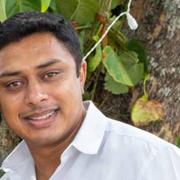

The transference of evils to a calf (a bull calf for males) is conveyed through this prayer and hence any Badaga who would have committed the (maximum of 1300) sins is relieved of them, so that her or his soul can reach the heavens with no sins attached to it. This prayer is chanted only by the men. At this time, one of the most important funeral rituals called 'Karu Harachuvadhu' (chanting of funeral prayer) is performed. This prayer has significant importance attached to it. The poles tied to the cot along with the flowers and umbrellas are removed and the body is exposed to the sky. The cot with the body is now taken to the village grass and placed so that the feet are facing east. Accompanied by b hajans, people go around the village three times, at the end of which flower petals are showered on the corpse. a pooja is performed at the foot of the cot after removing the benches.

If the dead person is a female, the women from her parental village dance moving around the cot in a circle. Usually around 1:00 p.m. In a practice known as 'Saavu Muttuvadhu', those who come to pay homage either touch the feet of the deceased (if s/he is elderly or the head of the village), or if the person is younger, then the villagers render appropriate songs while waiting for the relatives to arrive. Benches are placed on both sides where close relatives sit in mourning. This cot is decorated with cloth covering on the top and colourful umbrellas on the four sides and in the centre. The next morning, the body is taken to the dhodda mane keri (courtyard of the 'big house', a sacred space) and placed on a cot ( kattilu). The mourning relatives sit around the body as the relatives and friends pour in to pay homage. A traditional lamp, deepam, is lit and placed near the head. The body is placed on the ground and covered in a traditional white sheet with golden thread work called seeley (for the males), and a colourful cloth called banna for females.

For females, instead of a turban, a white cloth ( pattu) is tied around the head.

For a male, this would be a white veshti or mundu wrapped around the waist and a white shirt and white turban. In earlier days, when communication through phones was nonexistent, men from the village would be sent to announce the death in person.Īt the house where the death has taken place, the body is washed and dressed in new clothes. Arrangements are made for flowers and other essential ritual items. They inform all the relatives and friends spread in and around the other villages (called h attis) and even relatives living far away. When a death occurs in a Badaga village, the information is given to the village headman, known as Gowda, and village managing committee, elected every year. Since the funeral is a village (common) affair and conducted by all the villagers, the concerned family is relieved of much of the burden both financially and emotionally. They have their own language called Badaga (Badagu), and unique customs, rituals, traditions and culture. Among their main rituals are those relating to the wedding ceremony, which is comparatively simple and is conducted at the groom's place (unlike the practice in most other parts of India), and also the elaborate funeral rites. His website has more than 550,000 hits.īadagas are one of the indigenous tribal communities of the Nilgiri hills in southern India. This unique mountain tribal community has its own language, customs, rituals and rites. He feels what we know about the Badaga tribal community is much less than what we do not know about them. Now, he devotes his time to the development of his community. He took premature retirement from the Indian Air Force in 1992 as a Wing Commander. He was a selector of the Services hockey team for a number of years and was also part of the Indian Peace Keeping Force to Sri Lanka. He served in the Air Force bases spread around the country and was deputed to the Special Organising Committee, 1982 Asian Games, New Delhi as Joint Controller (Accredition) and Deputy Director (Protocol) as he has been a keen sportsman having done his Diploma In Coaching (Hockey) from the National Institute of Sports, Bangalore. He joined the Indian Air Force as a commissioned officer in 1972. He has done his post graduation from the Faculty of Management Studies, Delhi University. After completing his schooling, he went on to do his engineering degree in Govt College of Technology, Coimbatore and had a short stint at PWD, Ooty. Bellie Gowder Jayaprakash, known as JP, was born in Hubbathalai Village, a Badaga hamlet, in the Nilgiris (South India) in 1948.


 0 kommentar(er)
0 kommentar(er)
